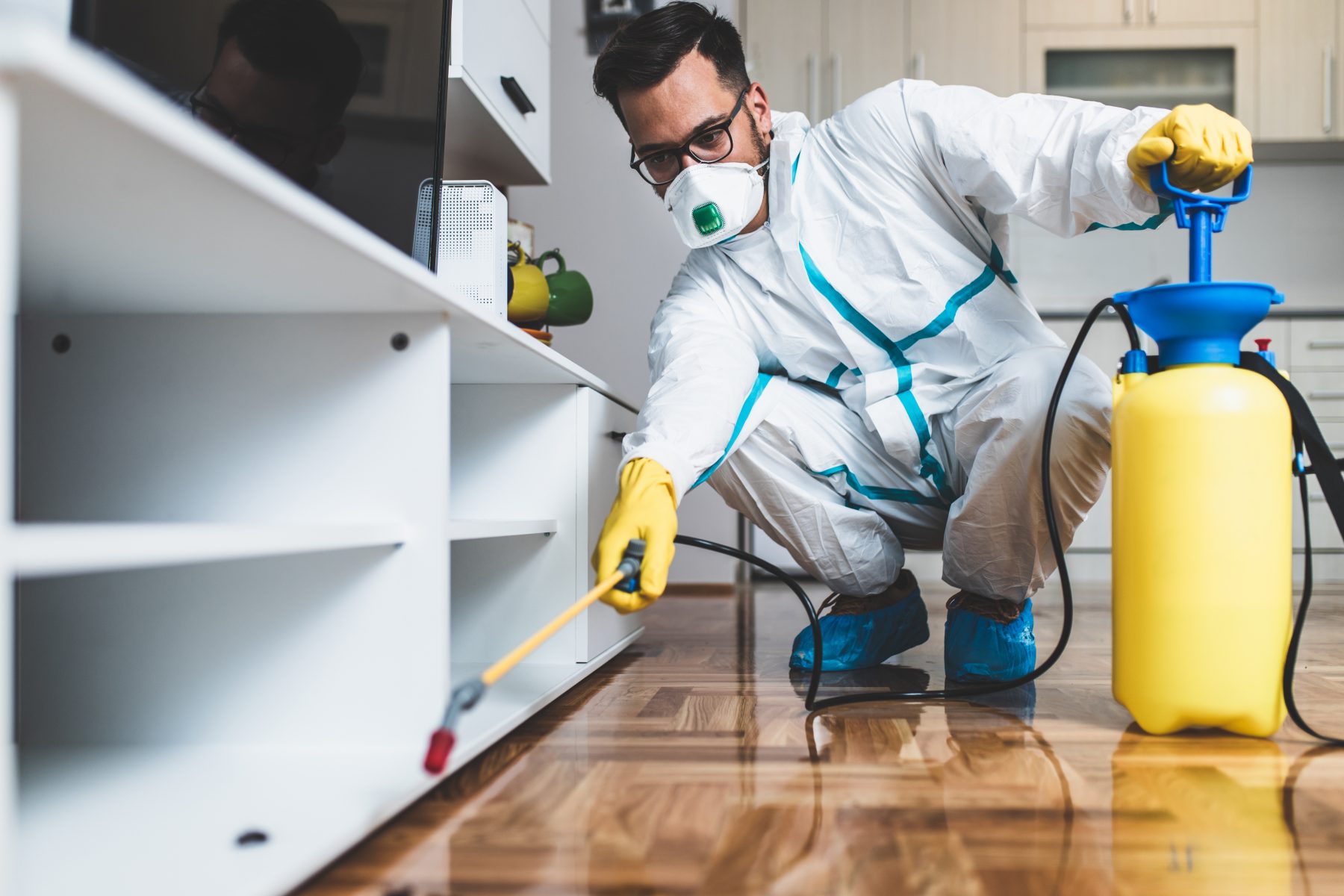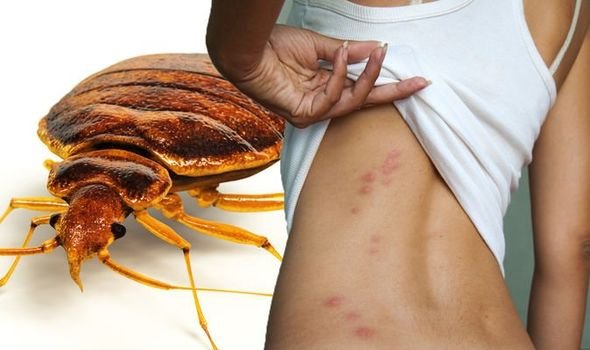Efficient Bed Insect Treatment Methods: A Secret Element of Pest Control
The resurgence of bed insect infestations has actually emphasized the requirement for efficient treatment strategies within the insect control sector. These resistant insects, with the ability of averting traditional approaches, demand a diverse technique that incorporates both traditional and ingenious methods. Recognizing their behavior is essential, as is the implementation of advanced innovations and preventative measures. Yet, despite the range of options readily available, the question stays: what mix of methods verifies most efficient in not just getting rid of these pests but likewise avoiding their return? Discovering this complex issue can result in more enlightened techniques and much better outcomes for those influenced.
Comprehending Bed Insect Actions

Among the defining attributes of bed bugs is their capability to duplicate rapidly. A solitary female can lay thousands of eggs in her lifetime, causing speedy population growth if left untreated. In addition, bed insects can endure for several months without feeding, enabling them to withstand durations of host absence, which can hinder timely monitoring initiatives.

Conventional Therapy Approaches
While modern-day approaches to bed bug administration have actually gained popularity, standard treatment methods stay foundational in attending to problems. These methods mainly include chemical treatments and physical interventions.
Chemical pesticides, such as pyrethroids and neonicotinoids, have been historically employed to remove bed pests. These materials function by interfering with the nerves of the parasites, resulting in their ultimate death. Due to the development of resistance among bed bug populations, efficiency can vary.
Physical methods, consisting of warmth treatment, have also belonged to typical approaches. This entails increasing the temperature of infested locations to a deadly degree for bed pests, generally around 120 ° F(49 ° C) for continual durations. This technique is especially helpful as it can penetrate numerous products and does not leave chemical residues.
In addition, detailed cleaning methods, such as vacuuming and washing ravaged bed linen and clothing, are crucial in this technique. Sealing splits and gaps, together with using cushion encasements, can additionally avoid bed pests from establishing themselves in living rooms. Jointly, these typical techniques provide a critical structure for managing bed insect infestations successfully.
Modern Innovations in Treatment
The landscape of bed pest therapy has actually evolved considerably with the introduction of contemporary developments that boost performance and performance in taking care of problems - Bed Bug Heat Treatment. Among one of the most remarkable improvements is making use of heat therapy, which entails increasing the temperature of ravaged areas to levels lethal to bed insects. This method not only eliminates adult insects yet also targets eggs, hence disrupting their reproductive cycle
One more advancement is the application of advanced monitoring systems, such as bed pest detection canines and high-tech catches outfitted with sensors. These tools aid determine infestations early, enabling prompt intervention. Additionally, the growth of insecticides with novel settings of action, made to get rid of resistance, guarantees that bug control professionals have effective choices at their disposal.
Additionally, the assimilation of modern technology in insect control monitoring, such as information analytics and mobile applications for monitoring and reporting infestations, simplifies the treatment procedure. These innovations jointly contribute to even more sustainable and reliable bed insect management methods, mirroring the market's recurring commitment to improving insect control end results. Therefore, both residential property owners and insect monitoring professionals can approach invasions with better confidence and precision.
Preventative Procedures for Problems
Effective prevention methods are essential in reducing the danger of bed pest infestations, with positive procedures playing a vital function in safeguarding both property and industrial rooms. One of one of the most reliable tactics is routine inspections of living and workplace, particularly in locations where individuals regularly collect, such as resorts and public transport. Early detection can substantially lower the opportunities of an infestation becoming established.

Another safety net involves the careful inspection of second-hand furniture and clothing prior to bringing them right into your room. Using protective encasements on cushions and box springtimes can additionally supply an effective obstacle against bed pests.
Lastly, informing locals and employees regarding the signs of bed bug visibility, such as little blood spots or dark spots on sheets, encourages people to act swiftly if they think an infestation, thereby reducing the likelihood of extensive problems.
(Bed Bug Treatment)
When to Look For Expert Assistance
Recognizing the indicators of a bed bug problem beforehand can make a substantial distinction in managing the issue effectively. Small, brown insects, in addition to rusty spots on bed linens, are indications that ought to not be forgotten. If these indications are evident, it is critical to evaluate the extent of the situation.
Bed bugs are notoriously resilient, and their ability to hide in hard-to-reach areas complicates treatment efforts. If you notice that bed bugs re-emerge despite repeated efforts to remove them, it might click to read be time to get in touch with a pest control expert.
Lastly, individuals with allergic reactions or respiratory system concerns must prioritize professional intervention. The chemicals used in insect control can pose health threats otherwise used properly. Eventually, engaging a certified pest control service makes certain an extensive and effective resolution to bed bug issues, securing your home and health.
Verdict
Effective bed insect therapy strategies are important in regulating infestations and alleviating their impact. Ultimately, understanding bed bug behavior and understanding when to look for professional support make sure that reliable monitoring approaches are used, contributing to lasting bug control success.